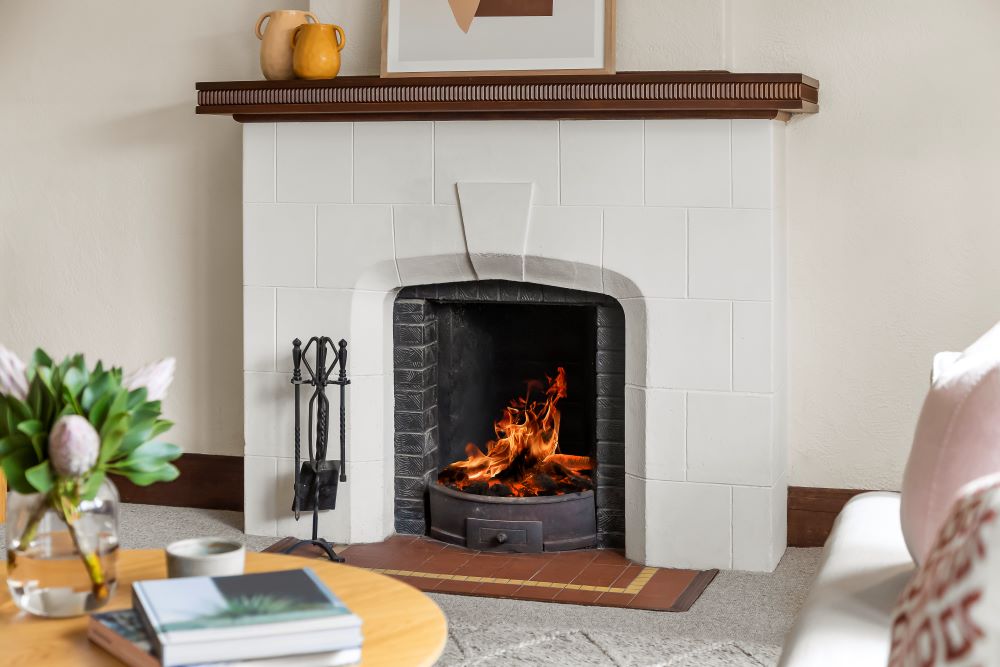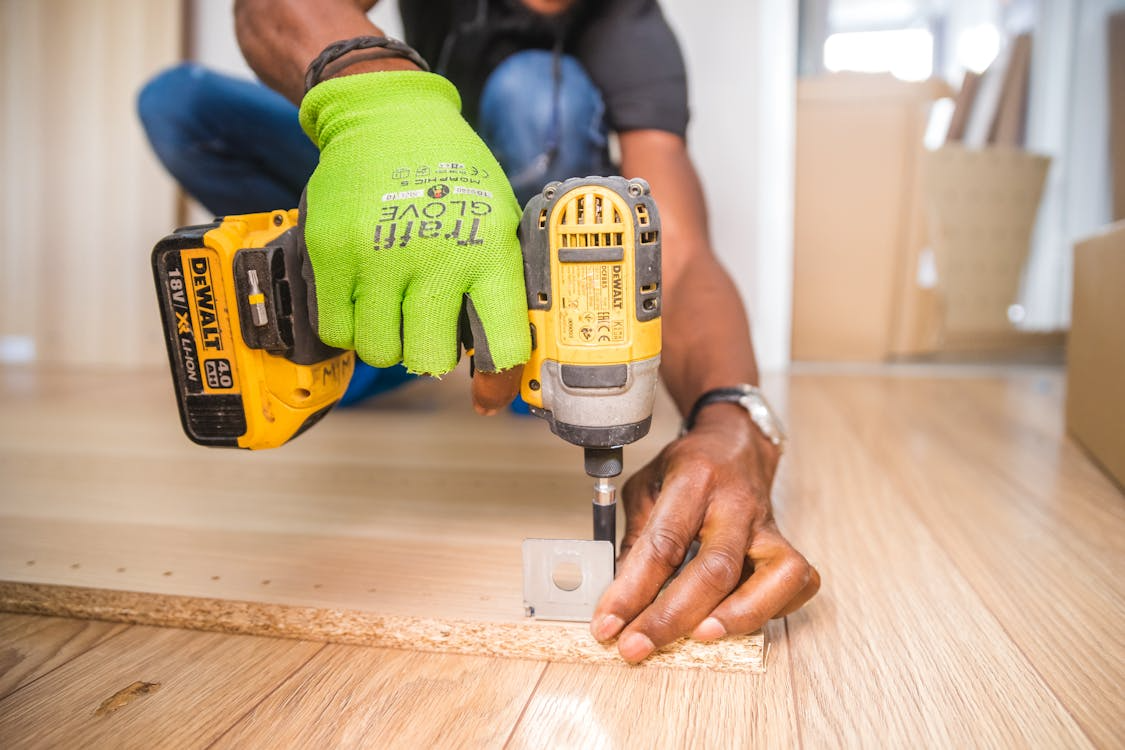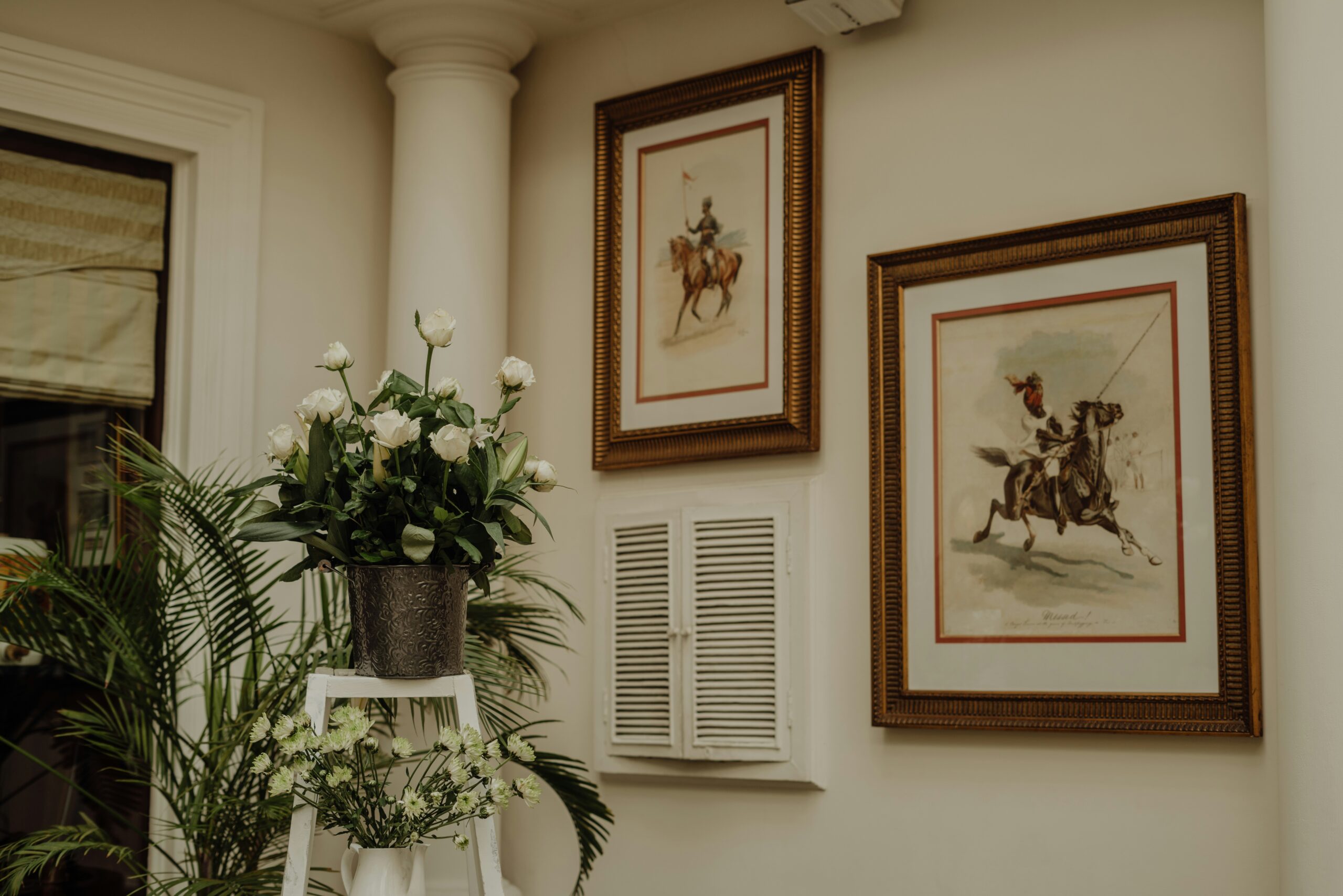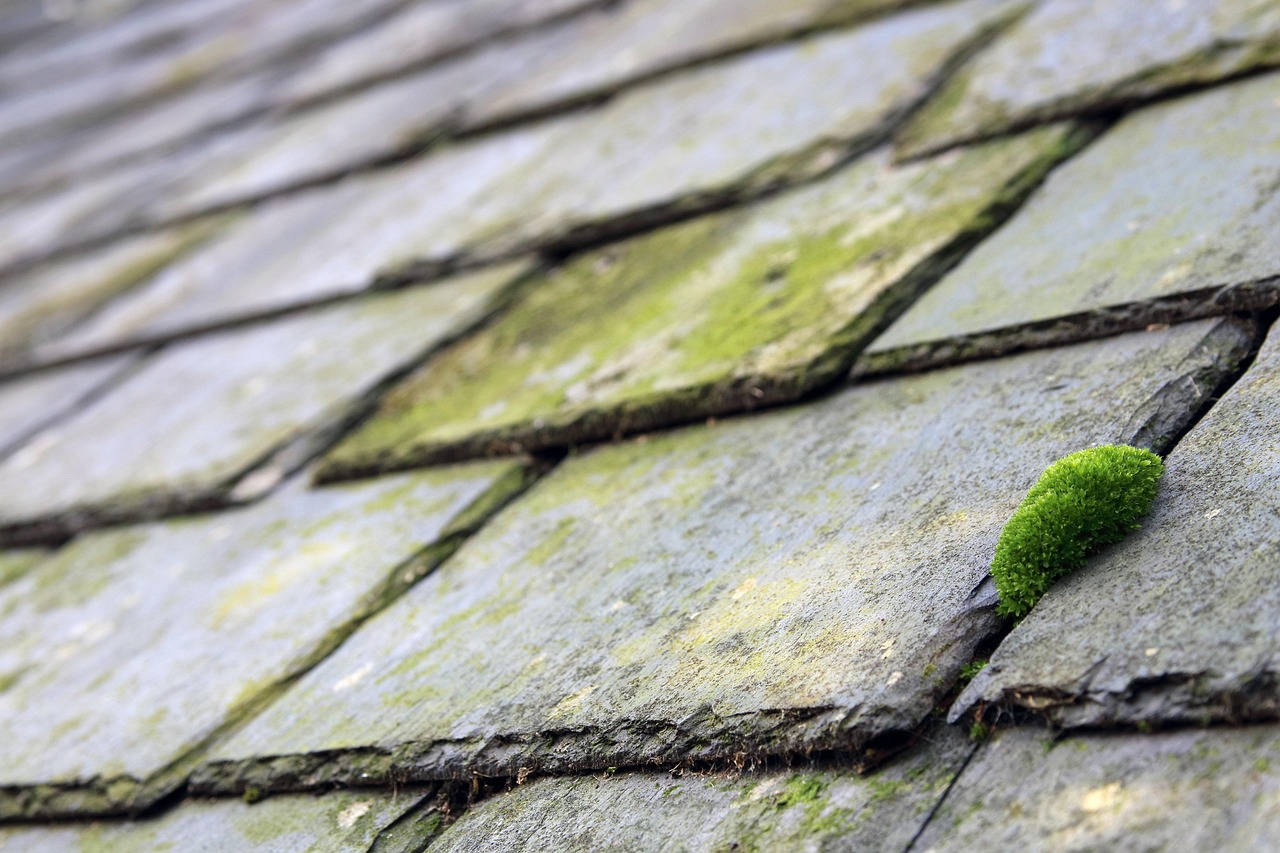Fire hearths serve as protective barriers between your fireplace and surrounding flooring while adding visual appeal to your living space. These essential components catch falling embers and sparks, preventing potential fire hazards and floor damage during fireplace operation.
Modern homeowners can choose from numerous fire hearth styles and materials that complement their interior design preferences. Understanding the relationship between aesthetics, functionality, and safety helps create a fireplace area that looks beautiful while meeting all necessary protection requirements.
Comprehensive Fire Hearth Materials And Design Options Guide
Here’s how selecting the right combination of materials and styles ensures your fire hearth performs effectively while enhancing your home’s interior design:
- Natural Stone Varieties for Fire Hearths – Granite stands out as a top choice due to its exceptional heat resistance and low maintenance requirements. Limestone offers a softer appearance with neutral tones that work well in traditional and transitional settings. Marble creates an elegant, luxurious look with unique patterns that make each installation distinctive.
- Manufactured Materials and Modern Alternatives – Concrete hearths offer unlimited design possibilities through custom coloring, texturing, and forming techniques. These hearths can incorporate decorative elements like embedded stones or metallic accents. Ceramic and porcelain tiles provide budget-friendly options with a consistent appearance and easy installation. Large-format tiles minimize grout lines for a cleaner look, while smaller mosaic patterns add visual interest and texture.
- Traditional and Contemporary Style Approaches – Raised hearths create seating areas and add architectural interest through elevation changes. These designs work particularly well in larger rooms where the added height helps balance room proportions. Flush hearths offer clean, minimalist looks that suit modern interiors and smaller spaces. – Extended hearths provide generous protection areas and can incorporate decorative borders or contrasting materials. Corner fireplace hearths require special consideration for proper coverage and often benefit from curved or angled designs that follow the fireplace shape.
- Essential Safety Standards and Code Requirements – Building codes specify minimum hearth extension distances based on fireplace opening size and type. Most residential fireplaces require 16-inch extensions in front of the opening and 8-inch extensions on each side. Larger openings may need greater extensions for adequate protection.
- Hearth materials must meet specific fire resistance ratings and thickness requirements. Most codes require a minimum 2-inch thick hearth for masonry fireplaces and a 3/8-inch thick hearth for manufactured fireplaces. Professional installation ensures compliance with all local regulations and safety standards.
- Maintenance Practices and Longevity Tips – Regular cleaning prevents the buildup of ash, soot, and debris that can stain hearth surfaces. Natural stone hearths benefit from periodic sealing to maintain stain resistance and appearance. Manufactured materials typically require less maintenance but should be inspected regularly for cracks or damage. Proper ventilation helps prevent moisture problems that can affect hearth materials over time. Annual inspections by qualified professionals identify potential issues before they become significant problems requiring expensive repairs.
Fire Hearth Trends And Future Considerations
Contemporary homeowners increasingly favor eco-friendly fire hearths that combine sustainability with performance. Recycled glass aggregates mixed into concrete create stunning visual effects while reducing environmental impact. Reclaimed stone and salvaged materials add character while supporting green building practices that appeal to environmentally conscious families.
Technology integration represents another growing trend in fire hearth design. Smart home systems can monitor the heating temperature and alert homeowners to potential safety issues. LED strip lighting embedded around hearth perimeters creates ambient lighting effects that enhance the fireplace experience during evening gatherings. These innovations transform traditional fire hearths into sophisticated home features that blend classic comfort with modern convenience.














